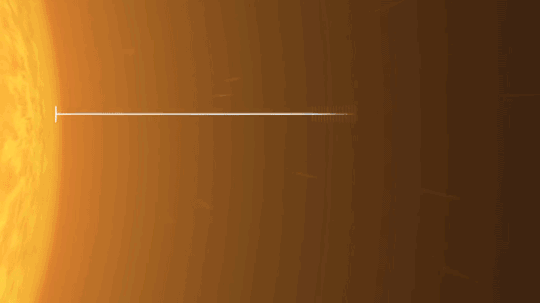What is a Galaxy?
Our galaxy is a gravitationally bound collection of stars, swirling in a spiral through space. Based on the deepest images obtained so far, it’s one of about 2 trillion galaxies in the observable universe. Groups of them are bound into clusters of galaxies, and these into superclusters; the superclusters are arranged in immense sheets stretching across the universe, interspersed with dark voids and lending the whole a kind of spiderweb structure.
Our galaxy probably contains 100 to 400 billion stars, and is about 100,000 light-years across. That sounds huge, and it is, at least until we start comparing it to other galaxies. Our neighboring Andromeda galaxy, for example, is some 220,000 light-years wide. Another galaxy, IC 1101, spans as much as 4 million light-years.

LIGHT IS FAST, nothing travels faster than light. It’s the distance that light travels in a specific period of time.

How far can light travel in one minute? 11,160,000 miles. We’re moving now! Light could go around the Earth a bit more than 448 times in one minute.
What is a light-year?
It’s one of the most commonly used celestial yardsticks, the distance light travels in one year. Light zips along through interstellar space at 186,000 miles (300,000 kilometers) per second (more than 66 trips across the entire United States, in one second). Multiply that by all the seconds in one year, and you get 5.8 trillion miles (9.5 trillion kilometers). Just for reference, Earth is about eight light minutes from the Sun.
A trip at light speed to the very edge of our solar system – the farthest reaches of the Oort Cloud, a collection of dormant comets way, way out there – would take about 1.87 years. Keep going to Proxima Centauri, our nearest neighboring star, and plan on arriving in 4.25 years at light speed.
What is an Exoplanet?
An exoplanet , is a planet outside of our solar system that usually orbits another star in our galaxy. Based on observations made by NASA’s Kepler space telescope, we can confidently predict that every star you see in the sky probably hosts at least one planet. Realistically, we’re most likely talking about multi-planet systems rather than just single planets. In our galaxy of hundreds of billions of stars, this pushes the number of planets potentially into the trillion
Most of the exoplanets discovered so far are in a relatively small region of our galaxy, the Milky Way. ("Small" meaning within thousands of light-years of our solar system; one light-year equals 5.88 trillion miles, or 9.46 trillion kilometers.) That is as far as current telescopes have been able to probe. We know from NASA’s Kepler Space Telescope that there are more planets than stars in the galaxy
Proxima Centauri
At only four light-years away, Proxima Centauri is our closest known exoplanet neighbor.
Where is the nearest Exoplanet?
It’s a small, probably rocky planet orbiting Proxima Centauri – as mentioned before, the next star over. A little more than four light-years away, or 24 trillion miles as the crow flies. If an airline offered a flight there by jet, it would take 5 million years. Not much is known about this world; its close orbit and the periodic flaring of its star lower its chances of being habitable.
I’d also point you to the TRAPPIST-1 system: seven planets, all roughly in Earth’s size range, orbiting a red dwarf star about 40 light-years away. They are very likely rocky, with four in the “habitable zone” – the orbital distance allowing potential liquid water on the surface. And computer modeling shows some have a good chance of being watery – or icy – worlds. In the next few years, we might learn whether they have atmospheres or oceans, or even signs of habitability.